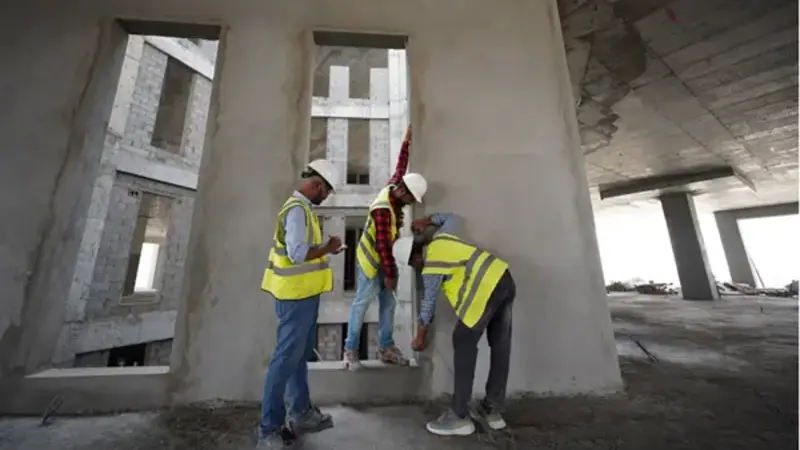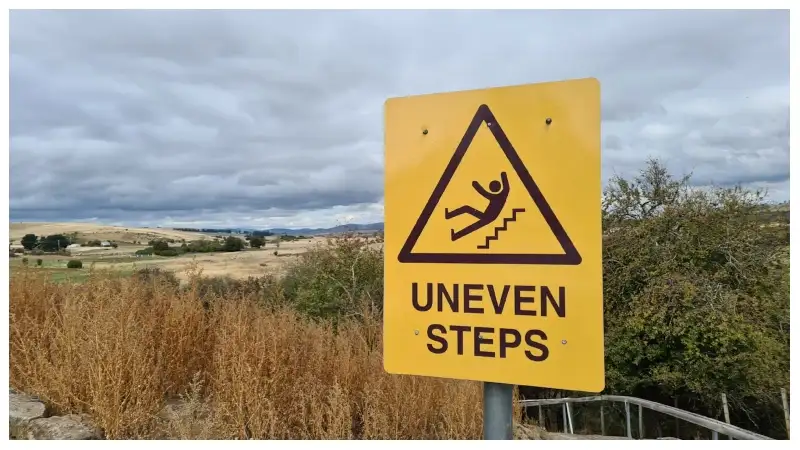Amidst the blessings of urbanization and industrialization, mankind has taken a heavy toll on the environment. All the procedures involved in improving a place can lead to detrimental effects on the environment. While the agents responsible for making the surroundings worse are many, noise pollution is one of the prime concerns. It not only has a negative impact on the environment but it also leads to throw life of human beings out of gear.
The rapid honking of vehicles, sounds of machinery in various industries, and many others are increasingly becoming a cause of concern. However, many countries have come up with a planned strategy to regulate the menace of noise pollution. The city of Sydney is one of the frontrunners in this aspect. Companies like Osterman-Noise Monitors Sydney have revolutionized the way of industrial work culture.
An insight into noise pollution
To be precise, noise pollution is defined as an unwanted or harmful level of sound present in the surroundings. As mentioned above, it can yield from various sources. The problem is, unlike other forms of pollution, noise does not accumulate in the environment but it can have immediate effects on those who are exposed to it. Chronic exposure to loud noise can lead to a wide range of health issues. Some of the main ones include loss of hearing, compromised sleep patterns, cardiovascular problems, and other health issues.
The impact of noise pollution
The impact of instantaneous noise pollution can be far and wide. Here are some of the points which you should be aware of:
- Human health: Being exposed to high levels of noise can lead to various health complications. It can even damage the sense of hearing permanently. Some people, who work in noisy environments have reported mental instability issues too. It is thus proved, that constant noise exposure can elevate stress levels and anxiety which can ultimately lead to depression.
- Wildlife: Noise can also impact and interfere with the lives of animals. They gradually lose their ability to communicate, hunt, and navigate. The aforesaid problems are especially prominent in marine environments. Scientists have observed changes in the habits of various birds and mammals. These creatures rely largely on sound for various needs. Being exposed to increased noise levels has disrupted their natural abilities which has led to reduced reproductive success and changes in their migration patterns.
- Economic impact: In densely populated areas, noise pollution can reduce the value of properties. Likewise, it can also hinder the productivity of industries, leading to additional costs for noise control measures. Then again, the employees who develop a health issue owing to the increased noise levels, make it difficult for the companies to replicate the person with another one. To add to the costs, they also need to bear the costs of treatment of the affected employees.
Strategies adopted by cities like Sydney
As mentioned before, specific construction companies in Sydney have paved the way for regulating noise. They have come up with a multifaceted approach that involves individual actions, technology, and various policy measures. Let us look at them in detail:
- Urban planning: The primary step commences with creating buffer zones between residential complexes and industries. The latest parks, green belts, and walls of buildings are made of sound-absorbing materials, as a result, they act as barriers to noise transmission.
- Traffic management: Local governing bodies have also stepped up and introduced stringent policies that are aimed at reducing traffic congestion to negate the effects of noise levels. The introduction of car-free zones, pedestrian pathways, and bike lanes has contributed largely to creating a noise-free environment.
- Soundproofing in buildings: Construction companies should make it a point to construct buildings with soundproof materials. Some of the notable examples include double-glazed windows, thick walls, and sound-absorbing insulation.
- Acoustic barriers: The installation of sound barriers has now become indispensable. For that reason, they are being increasingly utilized in places like highways and railways.
- Focus on green architecture: Not many of us realize this, but integrating vegetation and other natural elements into city spaces can contribute in a big way by acting as a sound barrier. Trees are one of the best agents of absorbing sound, and therefore, they can reduce the impact of noise pollution.
Using technology as an effective solution
The use of noise monitoring tools in environments where noise levels can reach maximum levels can help significantly. These tools continuously keep track on the noise levels and report the same to the concerned authorities via e-mails or alarms. Furthermore, noise mapping technology is another aspect that can help regulate noise levels across different places. The data available from noise monitoring systems can help in future planning.
Legalization and policy measures
Governments must employ and enforce legal limits on acceptable noise levels. Several countries have already initiated these measures, and it seems all those who have yet to do it will follow suit soon. It is equally important to organize public awareness campaigns about the harmful effects of noise pollution. Lastly, limiting noisy activities such as construction, concerts, and outdoor gatherings during nighttime can also help in reducing noise pollution to a significant extent.
Global initiatives to tackle noise pollution
Renowned international organizations such as the World Health Organization (WHO) and the European Union have taken several steps to address noise pollution. In this aspect, WHO has published the necessary guidelines on community noise, offering recommendations on limiting noise exposure in city and urban areas. Likewise, the EU’s Environmental Noise Directive (END) stresses that member states assess and manage noise pollution through robust action plans and public participation. Then again, many countries limiting policies are now being integrated into the environmental protection framework.
As it is evident, the first steps have been taken to regulate noise pollution. With technological advancements, we can expect in the future the world can check the menace of noise pollution successfully. In the coming days, we can expect more countries to come up with noise monitoring systems that have the capability of reducing and recording noise in a better and more efficient manner.
Here you can read: Chef RB6391CAASA: Your Key to Flawless Ratatouille



